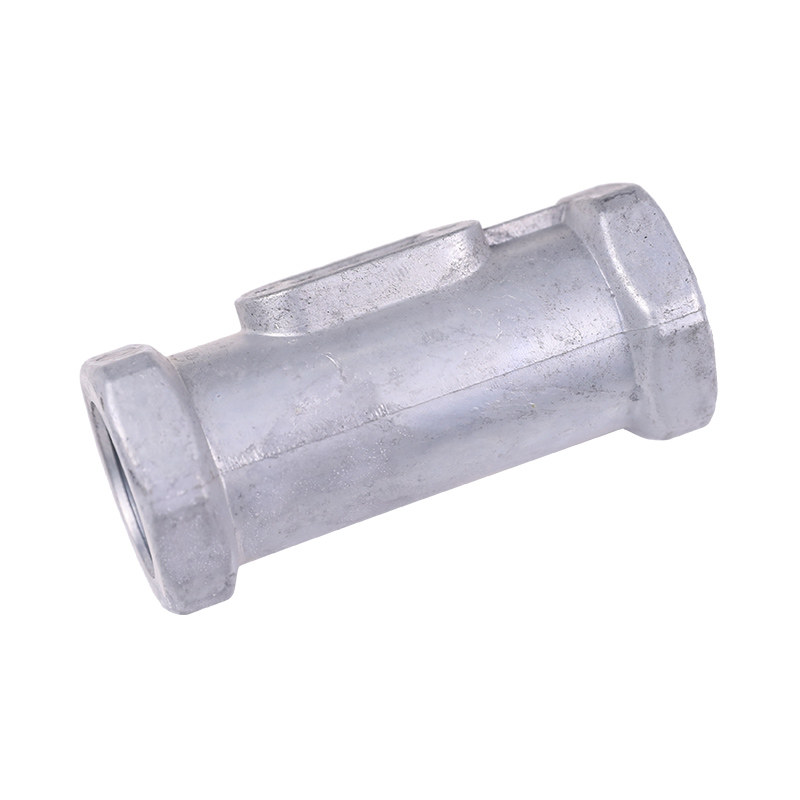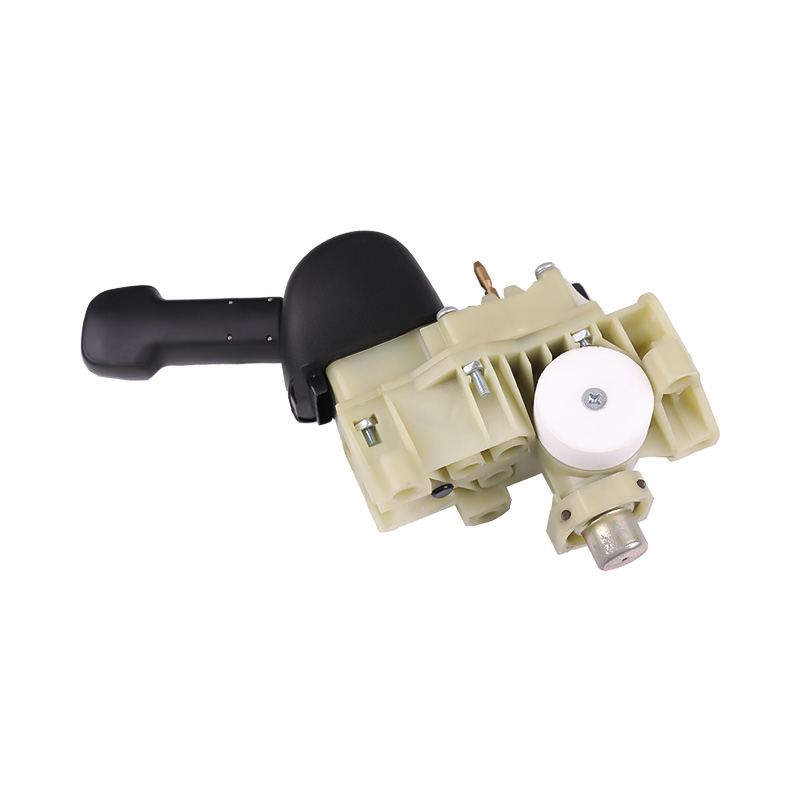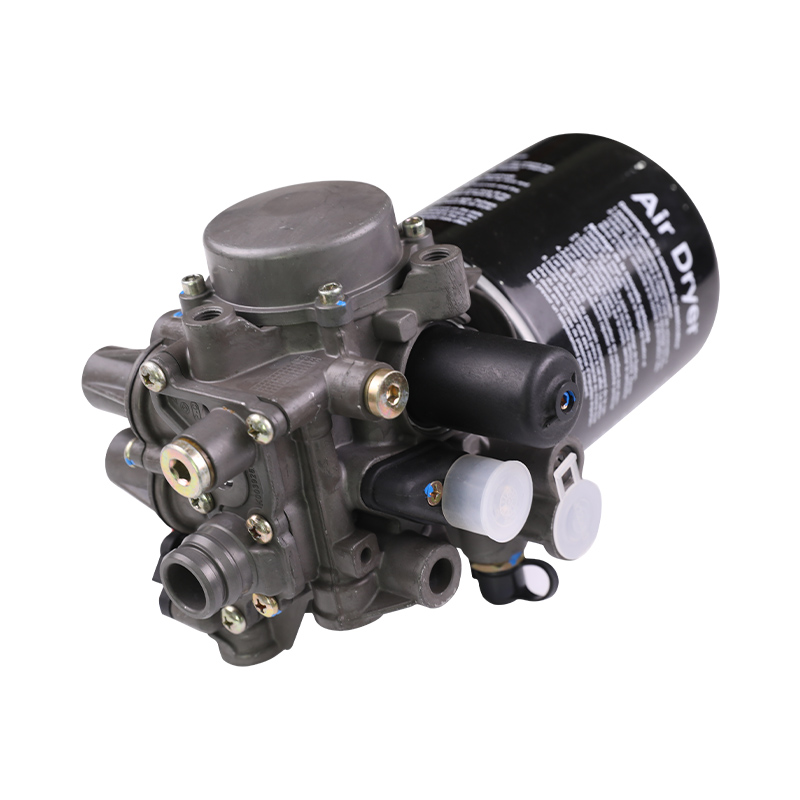In the automobile braking system, the control mechanism of the parking release valve is its core component. It is responsible for receiving the driver's operating instructions and transmitting them to the valve core accurately and quickly, thereby controlling the flow of brake fluid. From a professional perspective, the control mechanism design of the parking release valve has several significant features, which together improve its performance and reliability and ensure the safety and stability of the vehicle's parking brake.
First of all, the design of the control mechanism focuses on ease of operation. When the driver operates the parking brake, he needs to complete the action quickly and accurately, so the control mechanism usually adopts an easy-to-operate form, such as a lever, button or electronic switch. These designs allow drivers to conveniently operate the parking release valve from any position in the car, greatly improving driving convenience.
Secondly, the control mechanism design emphasizes accuracy. In order to ensure that the valve core can accurately respond to the driver's operating instructions, the control mechanism uses precision transmission mechanisms and sensors. The transmission mechanism can accurately convert the driver's operating force into the movement of the valve core, while the sensor can monitor the position and status of the valve core in real time and feed the information back to the control system. This precise control ensures the stability and reliability of the parking release valve during parking braking.
Additionally, the control mechanism was designed with safety and durability in mind. In terms of safety, the control mechanism usually adopts a double insurance design, that is, under normal circumstances, the driver can control the action of the valve core through mechanical operation; in an emergency, such as when the electrical system fails, the driver can still control the action of the valve core through backup. The mechanism opens the valve and releases the parking brake. This design greatly improves the safety of the parking release valve in emergency situations. In terms of durability, the control mechanism is made of high-strength, corrosion-resistant materials and undergoes strict quality control and durability testing to ensure that it can operate stably for a long time in various harsh environments.
In addition, the control mechanism offers flexibility and automation features. With the advancement of automobile manufacturing technology, more and more vehicles use electronic control systems, so control mechanisms also begin to adopt electronic design. This design allows the driver to control the parking release valve through the on-board computer or remote control, which greatly improves the flexibility and convenience of operation. At the same time, electronic design can also realize automatic control, so that drivers do not need to operate manually, reducing driving burden and improving driving safety.
Finally, the control mechanism was designed with energy-saving performance in mind. With the increasing awareness of environmental protection, automobile manufacturers have begun to pay attention to the energy-efficient design of automobile parts. The control mechanism is no exception. It adopts energy-saving materials and energy-saving transmission mechanism, so that the parking release valve can save energy and reduce energy consumption during use.






